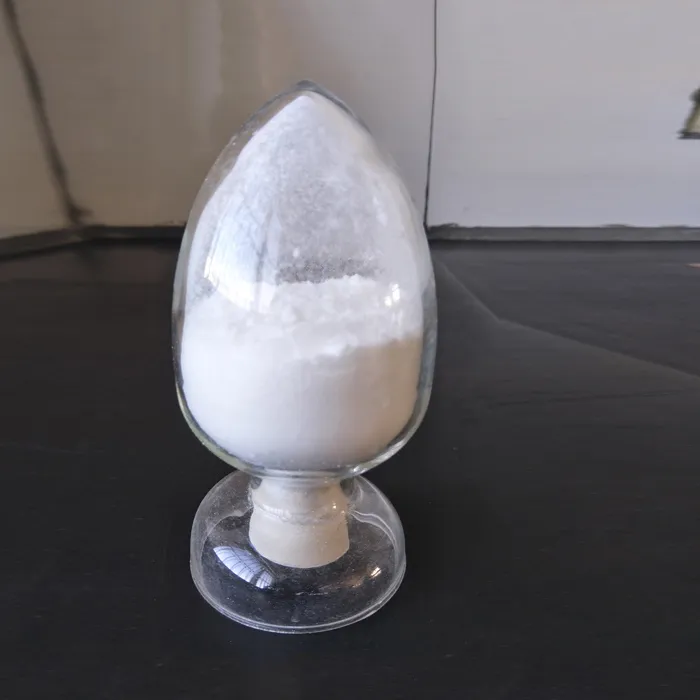Clarifiers in Water Treatment Essential Components for Clean Water
Water treatment is a critical process that ensures the safety and quality of our drinking water. Among the various technologies used in this field, clarifiers play a vital role in the removal of suspended solids and impurities from water sources. This article delves into the function and significance of clarifiers in water treatment processes, examining how they contribute to producing clean, potable water.
Understanding Clarifiers
Clarifiers are large tanks that utilize gravity to separate suspended solids from liquids. In the context of water treatment, they are an essential step in the purification process, typically following coagulation and flocculation. Coagulation involves adding chemical agents, known as coagulants, which cause smaller particles to clump together into larger aggregates known as flocs. Flocculation follows, where these flocs are allowed to grow larger under gentle mixing. The next step is where the clarifier comes into play.
Once floc formation is complete, the water containing these aggregates is directed to the clarifier. Here, the water is allowed to sit undisturbed, enabling the denser solid particles to settle at the bottom due to gravity. This settled material, known as sludge, can be removed periodically. The clearer water that remains on top can then move on to the next stage of treatment, often filtration or disinfection.
Types of Clarifiers
There are several types of clarifiers used in water treatment, each designed for specific applications and flow rates. The most common types include
1. Rectangular Clarifiers These are widely used in municipal water treatment facilities. They typically feature a long rectangular shape, allowing for efficient sedimentation process with low headloss.
2. Circular Clarifiers Circular clarifiers use a round design, which can minimize the impact of flow variations. These are often equipped with a center tube that aids in the collection of sludge.
3. Dissolved Air Flotation (DAF) DAF clarifiers utilize tiny air bubbles to help lift suspended solids to the surface, where they can then be removed. This method is particularly useful for removing lighter particles that may not settle easily.
clarifier in water treatment

4. Lamella Clarifiers These employ a series of inclined plates to increase the effective settling area, allowing for a more compact design. They are suitable for treating high flows while requiring less footprint than traditional clarifiers.
Importance of Clarifiers
The significance of clarifiers in water treatment cannot be overstated. They help improve the overall quality of water by effectively removing pollutants and suspended solids, which can harbor pathogens and lead to waterborne diseases. By clarifying the water, clarifiers enhance the efficiency of downstream treatment processes, such as filtration and chlorine disinfection.
Additionally, clarifiers play a key role in reducing the environmental impact of wastewater treatment. By ensuring that large solids are removed before further processing, they help mitigate the burden on subsequent treatment systems, ultimately leading to lower operational costs and improved performance.
Challenges and Innovations
Despite their effectiveness, clarifiers face challenges such as fluctuating inflow rates and varying concentrations of solids, which can affect settling rates. New technologies and innovations, including advanced monitoring systems and improved flocculation chemicals, are continuously being developed to enhance clarifier performance.
Furthermore, the integration of automation and data analytics in the management of clarifiers can lead to optimized performance and real-time adjustments based on changing conditions, thereby ensuring consistent water quality.
Conclusion
In conclusion, clarifiers are indispensable components in the water treatment process. They not only help in removing harmful impurities but also streamline subsequent treatment stages. As water quality standards continue to evolve, the role of clarifiers in safeguarding public health and the environment will remain vital, necessitating ongoing improvements and innovations in this critical area of water treatment technology.

